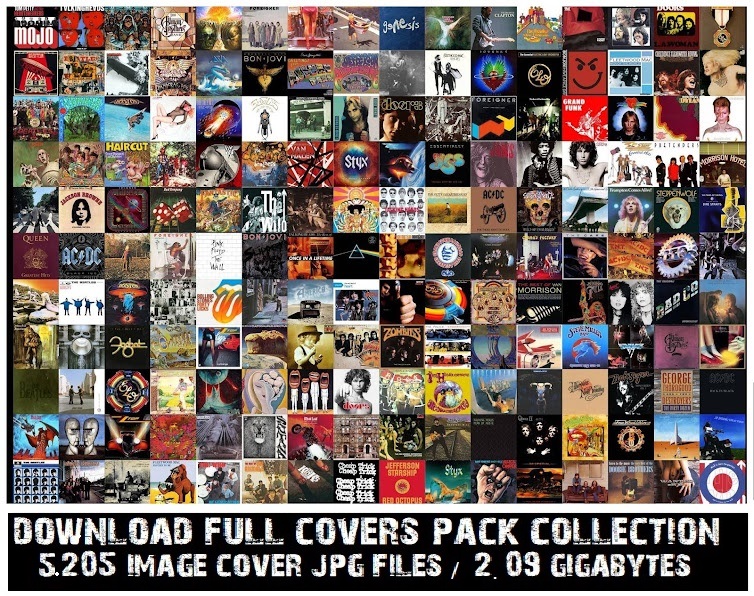George Harisson - Wonderwall Music (1968)
Tracklist / front / back album covers
Side one
"Microbes" – 3:42
"Red Lady Too" – 1:56
"Tabla and Pakavaj" – 1:05
"In the Park" – 4:08
"Drilling a Home" – 3:08
"Guru Vandana" – 1:05
"Greasy Legs" – 1:28
"Ski-ing" – 1:50
"Gat Kirwani" – 1:15
"Dream Scene" – 5:26
Side two
"Party Seacombe" – 4:34
"Love Scene" – 4:17
"Crying" – 1:15
"Cowboy Music" – 1:29
"Fantasy Sequins" – 1:50
"On the Bed" – 2:22
"Glass Box" – 1:05
"Wonderwall to Be Here" – 1:25
"Singing Om" – 1:54
2014 reissue bonus tracks
"In the First Place" (Colin Manley, Tony Ashton; performed by the Remo Four) – 3:17
"Almost Shankara" – 5:00
"The Inner Light" (alternative take, instrumental) – 3:43
George Harrison – piano, Mellotron, electric and acoustic guitars, tape loops, musical arrangements
John Barham – piano, flugelhorn, harmonium, orchestral arrangement
Tony Ashton – tack piano, organ, Mellotron, piano, harmonium
Colin Manley – electric and acoustic guitars, steel guitar
Philip Rogers – bass guitar
Roy Dyke – drums
Tommy Reilly – harmonica
Eric Clapton – electric guitar
Ringo Starr – drums
Big Jim Sullivan – bass
Aashish Khan – sarod
Mahapurush Misra – tabla, pakhavaj
Sharad Kumar – shehnai
Hanuman Jadev – shehnai
Shambhu Das – sitar
Indranil Bhattacharya – sitar
Shankar Ghosh – tabla
Chandrashekhar Naringrekar – surbahar
Shivkumar Sharma – santoor
S.R. Kenkare – bansuri
Vinayak Vora – tar shehnai
Rijram Desad – harmonium, tabla tarang
Wonderwall Music is the debut solo album by English musician George Harrison and the soundtrack to the 1968 film Wonderwall, directed by Joe Massot. Released in November 1968, it was the first solo album by a member of the Beatles, and the first album issued on the band's Apple record label. The songs are all instrumental pieces, except for occasional non-English language vocals, and mostly comprise short musical vignettes. Following his Indian-styled compositions for the Beatles since 1966, he used the film score to further promote Indian classical music by introducing rock audiences to instruments that were relatively little-known in the West – including shehnai, sarod, tar shehnai and santoor. The Indian pieces are contrasted by Western musical selections, in the psychedelic rock, experimental, country and ragtime styles.






